“For individuals trying to achieve a healthy posture, could using posture awareness training be effective in treatment and prevention?” Posture Awareness Spinal curves help support…
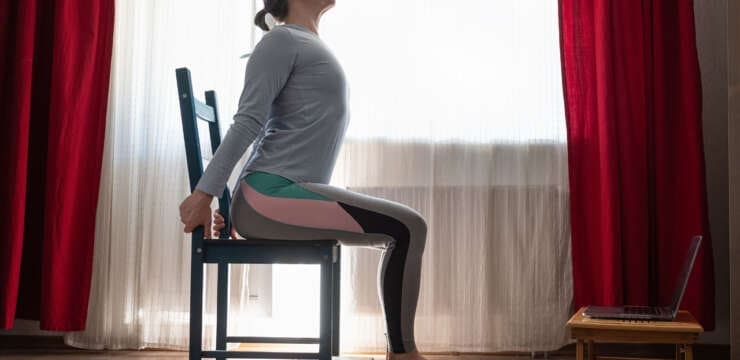
Lower back pain: Â Most cases of lower back pain can be linked to the most common causes, which are muscle strain, injury, or overuse. But it can also be attributed to a specific condition of the spine: Herniated Disc, Degenerative Disc Disease, Spondylolisthesis, Spinal Stenosis and Osteoarthritis. Less common conditions that cause low back pain are sacroiliac joint dysfunction, spinal tumors, fibromyalgia, and piriformis syndrome. Pain is caused by damage or injury to the muscles and ligaments of the back. Dr. Alex Jimenez’s compiled articles pertaining to low back pain outline the importance of understanding the causes and effects of this uncomfortable symptom. About 80% of adults experience low back pain at some point in their lifetimes, often leading to sciatica and other complications. Through various of his articles, Dr. Jimenez emphasizes on the assortment of alternative treatments and solutions for individuals suffering from lower back pain, including chiropractic treatment and health coaching. Chiropractic focuses on restoring a person’s strength and flexibility to gradually help improve symptoms of lower back pain while health coaching works from a natural nutritional and supplement standpoint.

“For individuals trying to achieve a healthy posture, could using posture awareness training be effective in treatment and prevention?” Posture Awareness Spinal curves help support…
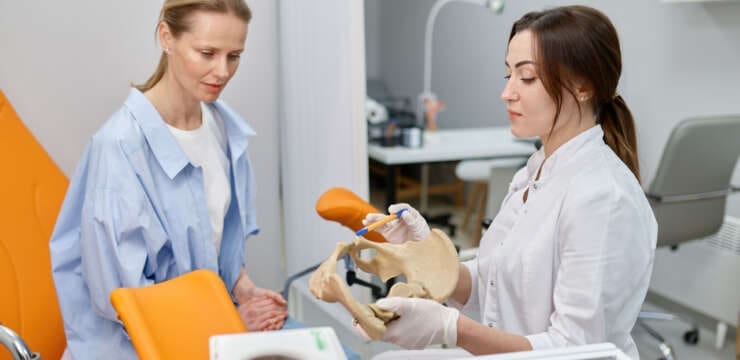
“For women experiencing lower back and pelvic pain, could understanding symptoms help in the diagnostic process, treatment options, and prevention?” Low Back and Pelvic Pain…
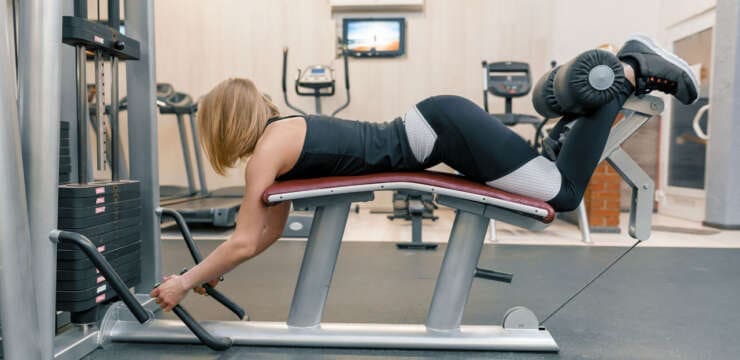
“Individuals dealing with chronic knee discomfort, hip tightness, and lower back pain could be experiencing dormant gluteal-butt syndrome. Can recognizing the symptoms and signs and…
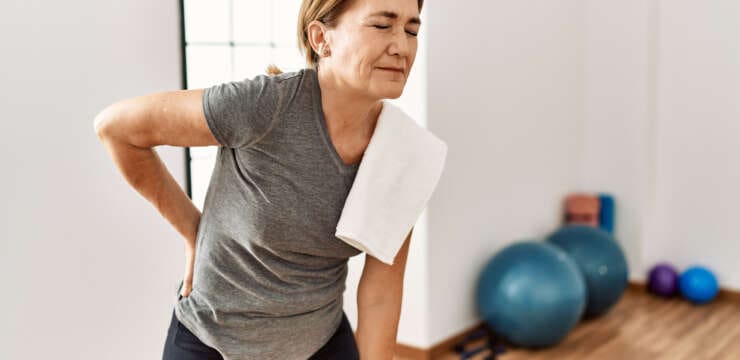
Can individuals with low back pain find relief with spinal decompression combined with chiropractic care to reduce muscle pain? Introduction Everyone worldwide has dealt with…
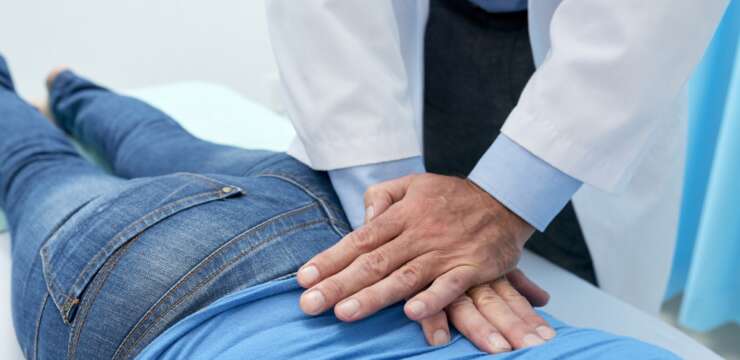
In individuals with lumbar back pain, can pain specialists utilize distraction techniques to reduce muscle spasms? Introduction Many individuals dealing with specific or nonspecific back…
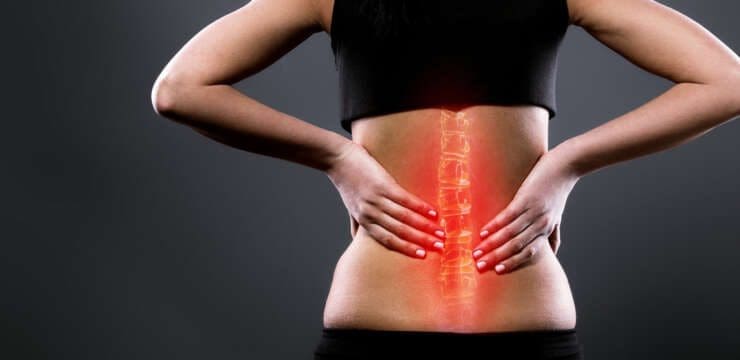
Can healthcare professionals provide the best non-surgical therapeutic options for individuals with chronic low back pain? Introduction Chronic low back pain can happen to numerous…
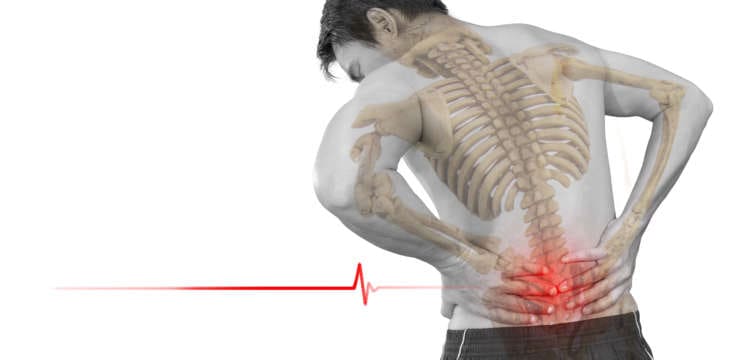
Can non-surgical options be beneficial for many working individuals with low back pain than surgical therapeutic options? Introduction Many working individuals will experience pain in…
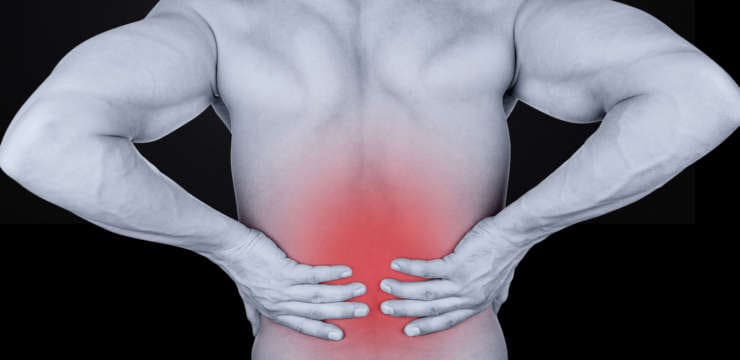
Can traction therapy help many individuals dealing with low back pain reduce inflammation and improve quality of life? Introduction When many individuals do everyday activities,…
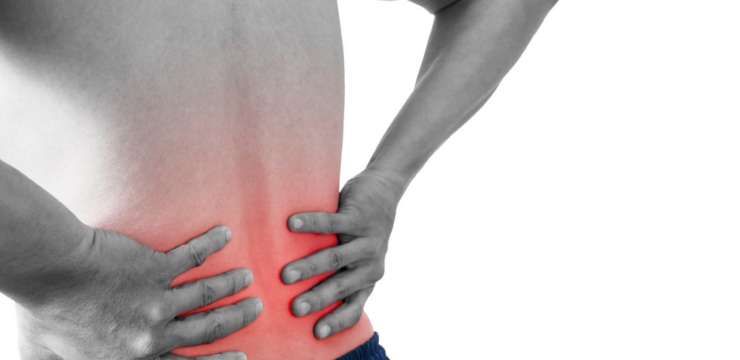
Can lumbar traction therapy alleviate an individual’s lower back pain by restoring weak trunk muscles over time? Introduction The trunk muscles are the body’s main…
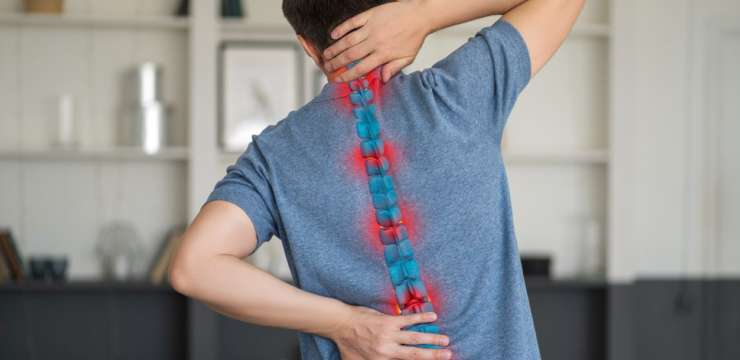
In individuals with herniated discs, how does non-surgical decompression compare to traditional surgery repair the spine? Introduction When many individuals begin to add unnecessary pressure…
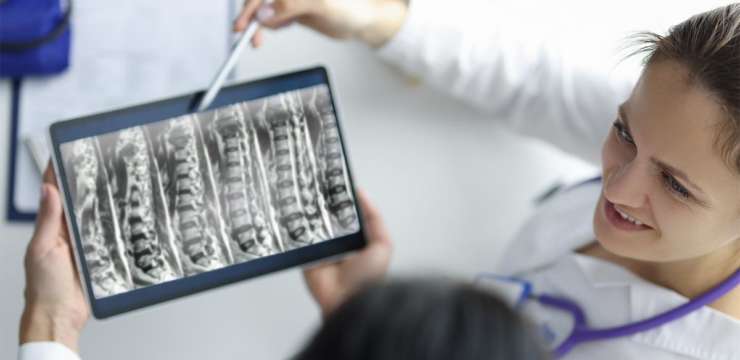
In individuals with discogenic low back pain, how does incorporating decompression reduce muscle strain in the back? Introduction When it comes to low back pain,…
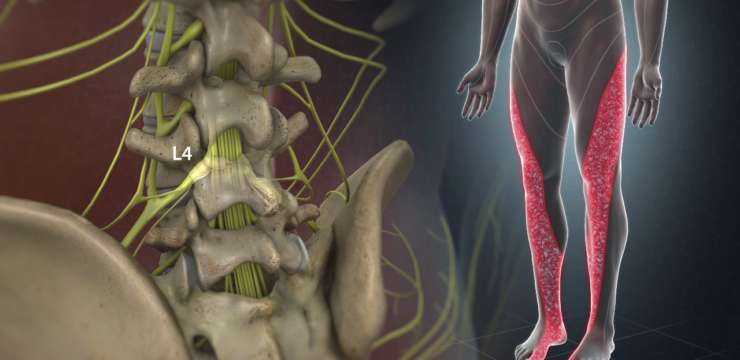
Can spinal decompression treatments be incorporated for individuals with lumbosacral pain and improve posture? Introduction Many individuals only realize they have poor posture once they…

For many individuals with low back pain, how does spinal decompression alleviate muscle stress as part of initial treatment? Introduction Many working individuals know that…
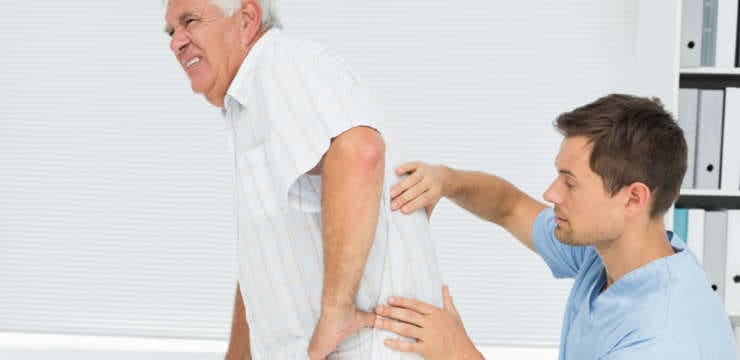
How efficient is spinal decompression to alleviate pain-like symptoms in many individuals with low back pain? Introduction Low back pain is a common condition that…
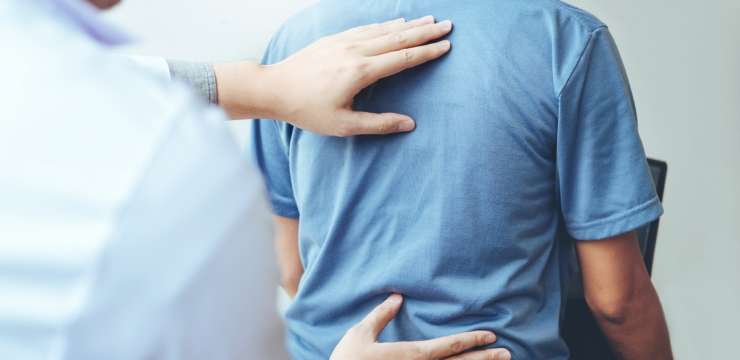
How does decompression alleviate sciatic nerve pain in many working individuals with lumbar disc degeneration? Introduction The discs between the spinal vertebrae act as a…
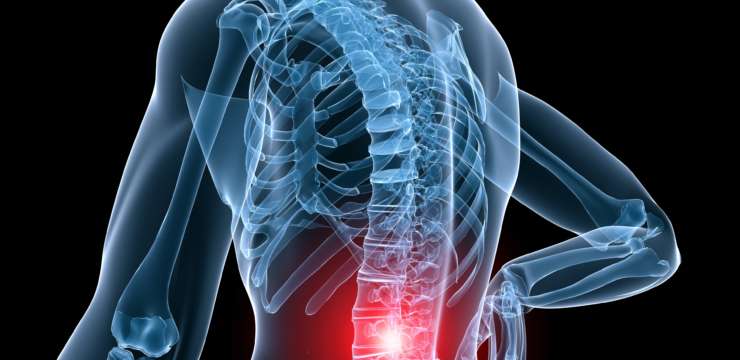
In individuals with lumbosacral pain, how do cost-effective treatments compare to traditional care treatments affect muscle strain? Introduction The human spine is divided into three…
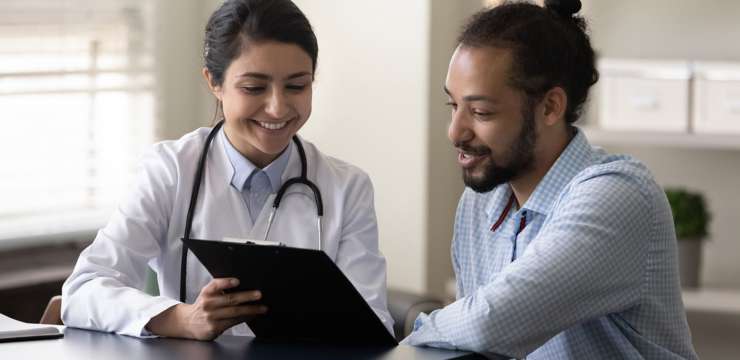
How can physicians create a positive experience for LGTBQ+ individuals seeking inclusive health care for muscle pain? Introduction Finding proper treatment for many body pain…